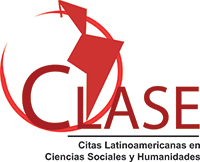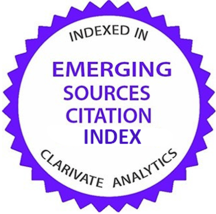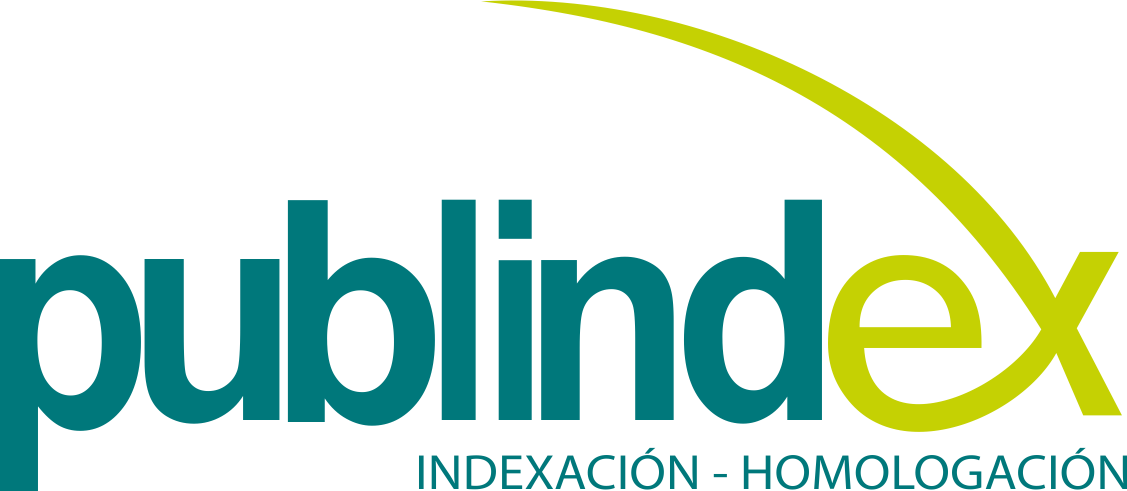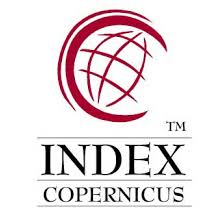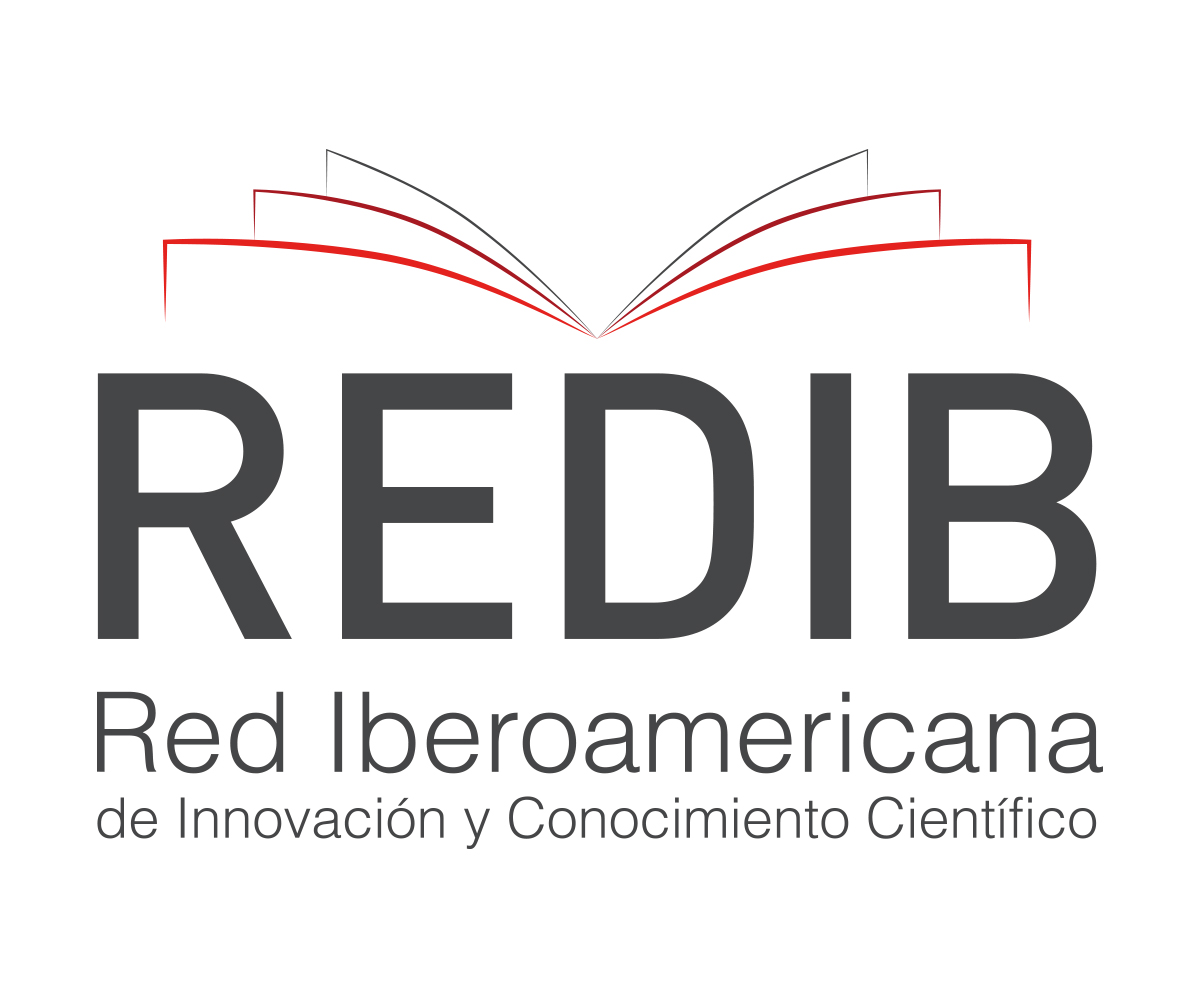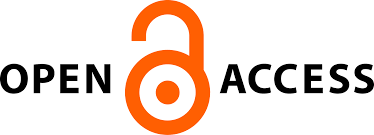Autores/as
Resumen
En este documento se relacionan los resultados de 59 estudios publicados entre el 2000 y el 2023 en relación con la eficacia de la prevención del consumo de sustancias psicoactivas, estrategia importante para abordar el fenómeno del consumo de sustancias psicoactivas, los riesgos de desarrollar trastornos asociados, la edad de inicio de consumo o la reducción de daños que puedan resultar del consumo. Existen varios tipos de programas de prevención que pueden ser efectivos en su objetivo, tanto los programas de prevención universal, selectiva como indicada. En general, la prevención del consumo de sustancias psicoactivas tanto universal, selectiva como indicada se muestran eficaces a nivel internacional y a nivel de la región andina y el Cono Sur de las Américas, y es un abordaje importante en determinados grupos poblacionales y etarios para abordar tempranamente el fenómeno del consumo de drogas. Se han desarrollado varios programas, estrategias y proyectos efectivos de prevención, y se están explorando nuevas estrategias, como los programas basados en la web. Es importante continuar investigando y mejorando los programas de prevención para reducir los daños asociados con el consumo de sustancias psicoactivas.
Citas
Botvin, G. J., & Griffin, K. W. (2004). LifeSkills Training: Empirical Findings and Future Directions. The Journal of Primary Prevention, 25, 211-232. https://doi.org/10.1023/B:JOPP.0000042391.58573.5b
Botvin, G. J., Griffin, K. W., & Nichols, T. (2006). Preventing youth violence and delinquency through a universal school-based prevention approach. Prevention Science, 7, 403-408. https://doi.org/10.1007/s11121-006-0057-y
Cabrera Perona, V., Ordoñez Franco, A., González Galnares, I., Civantos Cantero, V., Moriano León, J. A. y Lloret Irles, D. (2022). Evaluación de la eficacia de un programa de prevención escolar del consumo de alcohol y cannabis entre adolescentes. Revista Española de Salud Pública, 96. https://ojs.sanidad.gob.es/index.php/resp/article/view/321
Carney, T., Myers, B., Louw, J., & Okwundu, C. I. (2016). Brief school-based interventions and behavioural outcomes for substance-using adolescents. Cochrane Database of Systematic Reviews, (1), CD008969. https://doi.org/10.1002/14651858.CD008969.pub3
Centers for Disease Control and Prevention. (2021). Substance Use Prevention.
Champion, K. E., Newton N. C., Barrett E. L., & Teesson, M. (2013). A systematic review of school-based alcohol and other drug prevention programs facilitated by computers or the Internet. Drug and Alcohol Review, 32(2), 115-123. https://doi.org/10.1111/j.1465-3362.2012.00517.x
Champion, K. E., Newton, N. C., Stapinski, L. A., & Teesson, M. (2016). Effectiveness of school-based eHealth interventions for the prevention and reduction of alcohol use: A systematic review and meta-analysis. Lancet Digit Health, 1(5), e206-e221. https://doi.org/10.1016/S2589-7500(19)30088-3
Comisión Interamericana para el Control del Abuso de Drogas. (2019). Informe sobre consumo de drogas en América Latina y el Caribe.
D’Amico, E. J., Ellickson, P. L., Collins, R. L., Martino, S., & Klein, D. J. (2005). Processes linking adolescent problems to substance-use problems in late young adulthood. Journal of Studies on Alcohol and Drugs, 66(6), 766-775. https://doi.org/10.15288/jsa.2005.66.766
Das, J. K., Salam, R. A., Arshad, A., Finkelstein, Y., & Bhutta, Z. A. (2016). Interventions for Adolescent Substance Abuse: An Overview of Systematic Reviews. The Journal of adolescent health, 59(4S), S61-S75. https://doi.org/10.1016/j.jadohealth.2016.06.021
Dasinger, L., Shane, P., & Martinovich, Z. (2004). Assessing the Effectiveness of Community-Based Substance Abuse Treatment for Adolescents. Journal of Psychoactive Drugs, 36(1), 27-33. https://doi.org/10.1080/02791072.2004.1039972
De Vincenzi, A. y Bareilles, G. (2011). Promoción de la salud y prevención escolar del consumo de drogas en contextos de vulnerabilidad social. Educación y Educadores, 14(3). http://www.scielo.org.co/scielo.php?script=sci_arttext&pid=S0123-12942011000300008&lng=en&tlng=es.
Dunning, D. L., Griffiths, K., Kuyken, W., Crane, C., Foulkes, L., Parker, J., & Dalgleish, T. (2019). Research Review: The effects of mindfulness-based interventions on cognition and mental health in children and adolescents - a meta-analysis of randomized controlled trials. The Journal of child psychology and psychiatry, 60(3), 244-258. https://doi.org/10.1111/jcpp.12980
Dias Pereira, A. P., & Sanchez, Z. M. (2020). Características dos Programas escolares de Prevenção ao Uso de Drogas no Brasil. Ciencia & saude coletiva, 25(8), 3131-3142.https://doi.org/10.1590/1413-81232020258.28632018
Durlak, J. A., Weissberg, R. P., Dymnicki, A. B., Taylor, R. D., & Schellinger, K. B. (2011). The impact of enhancing students’ social and emotional learning: A meta-analysis of school-based universal interventions. Child Development, 82(1), 405-432. https://doi.org/10.1111/j.1467-8624.2010.01564.x
Evans, S. W., Owens, J. S., & Bunford, N. (2014). Evidence-Based Psychosocial Treatments for Children and Adolescents with Attention-Deficit/Hyperactivity Disorder. Journal of Clinical Child and Adolescent Psychology, 43(4), 527-551. https://doi.org/10.1080/15374416.2013.850700
Faggiano, F., Minozzi, S., Versino, E., & Buscemi, D. (2014). Universal school-based prevention for illicit drug use. Cochrane Database of Systematic Reviews, (12), CD003020. https://doi.org/10.1002/14651858.CD003020.pub3
Foxcroft, D. R., & Tsertsvadze, A. (2011). Universal school-based prevention programs for alcohol misuse in young people. Cochrane Database of Systematic Reviews, (5). https://doi.org/10.1002/14651858.cd009113
Gates, S., McCambridge, J., Smith, L. A., & Foxcroft, D. (2006). Interventions for prevention of drug use by young people delivered in non-school settings. Cochrane Database of Systematic Reviews, (1). https://doi.org/10.1002/14651858.CD005030.pub2
Griffin, K. W., & Botvin, G. J. (2010). Evidence-based interventions for preventing substance use disorders in adolescents. Child Adolescent Psychiatric Clinics of North America, 19(3), 505-526. 10.1016/j.chc.2010.03.005.
Hawkins, J. D., Kosterman, R., Catalano, R. F., Hill, K. G., & Abbott, R. D. (2008). Effects of social development intervention in childhood 15 years later. Archives of Pediatrics and Adolescent Medicine, 162(12), 1133-1141. https://doi.org/10.1001/archpedi.162.12.1133
Hennessy, E. A., & Tanner-Smith, E. E. (2015). Effectiveness of brief school-based interventions for adolescents: a meta-analysis of alcohol use prevention programs. Prevention Science, 16, 463-474. https://doi.org/10.1007/s11121-014-0512-0
Hofmann, S. G., Asnaani, A., Vonk, I. J., Sawyer, A. T., & Fang, A. (2012). The Efficacy of Cognitive Behavioral Therapy: A Review of Meta-analyses. Cognitive therapy and research, 36, 427-440. https://doi.org/10.1007/s10608-012-9476-1
Hogue, A., Henderson, C. E., Ozechowski, T. J., & Robbins, M. S. (2014). Evidence base on outpatient behavioral treatments for adolescent substance use: Updates and recommendations 2007-2013. Journal of Clinical Child and Adolescent Psychology, 43(5), 695-720. https://doi.org/10.1080/15374416.2014.915550
Horigian, V. E., Anderson, A. R., & Szapocznik, J. (2016). Family-Based Treatments for Adolescent Substance Use. Child and adolescent psychiatric clinics of North America, 25(4), 603-628. https://pubmed.ncbi.nlm.nih.gov/27613341/
Jiloha R. C. (2017). Prevention, early intervention, and harm reduction of substance use in adolescents. Indian journal of psychiatry, 59(1), 111-118. 10.4103/0019-5545.204444
Klimenko, O., Plaza Guzmán, D. A., Bello Cardales, C., García González, J. J. y Sánchez Espitia, N. C. (2018). Estrategias preventivas en relación a las conductas adictivas en adolescentes. Revista Psicoespacios, 12(20):144-172. https://doi.org/10.25057/21452776.1043
Lammers, J., Goossens, F., Conrod, P., Engels, R., Wiers, R. W., & Kleinjan, M. (2015). Effectiveness of a selective intervention program targeting personality risk factors for alcohol misuse among young adolescents: Results of a cluster randomized controlled trial. Addiction, 110(7), 1101-1109. https://doi.org/10.1111/add.12952
Libuy, N., Ibáñez, C., Guajardo, V., Araneda, A. M., Contreras Escudero, L., Donoso, P. y Mundt, A. P. (2021). Adaptación e implementación del modelo de prevención de consumo de sustancias Planet Youth en Chile. Revista chilena de neuro-psiquiatría, 59(1), 38-48.
Lize, S. E., Iachini, A. L., Tang, W., Tucker, J., Seay, K. D., Clone, S., DeHart, D., & Browne, T. (2017). A Meta-analysis of the Effectiveness of Interactive Middle School Cannabis Prevention Programs. Prevention Science, 18, 50-60. https://doi.org/10.1007/s11121-
016-0723-7
MacArthur, G. J., Harrison, S., Caldwell, D. M., Hickman, M., & Campbell, R. (2016). Peerled interventions to prevent tobacco, alcohol and/or drug use among young people aged 11-21 years: a systematic review and meta-analysis. Addiction, 111(3), 391-407. https://doi.org/10.1111/add.13224
Nation, M., Crusto, C., Wandersman, A., Kumpfer, K. L., Seybolt, D., Morrissey-Kane, E., & Davino, K. (2003). What works in prevention. Principles of effective prevention programs. The American psychologist, 58(6-7), 449-456. https://doi.org/10.1037/0003-066x.58.6-7.449
National Institute on Drug Abuse. (2003). Preventing Drug Use Among Children and Adolescents: A Research-Based Guide for Parents, Educators, and Community Leaders. U.S. Department of Health and Human Services. https://www.drugabuse.gov/sites/default/files/preventingdruguse_2.pdf
National Institute on Drug Abuse. (2014). Principles of drug addiction treatment: A research-based guide. (Third edition). NIDA. https://nida.nih.gov/sites/default/files/podat-3rdEd-508.pdf
National Institute on Drug Abuse National Institute on Drug Abuse. (July, 2020). Drugs, Brains, and Behavior: The Science of Addiction. https://nida.nih.gov/research-topics/addiction-science/drugs-brain-behavior-science-of-addiction
Norberg, M. M., Kezelman, S., & Lim-Howe, N. (2013). Primary prevention of cannabis use: a systematic review of randomized controlled trials. PloS one, 8(1), e53187. https://doi.org/10.1371/journal.pone.0053187
Oesterle, S., Kuklinski, M. R., Hawkins, J. D., Skinner, M. L., Guttmannova, K., & Rhew, I. C. (2018). Long-term effects of the communities that care trial on substance use, antisocial behavior, and violence through age 21 years. American journal of public health, 108(5), 659-665. https://pmc.ncbi.nlm.nih.gov/articles/PMC5888048/
Pérez-Gómez, A. (2003). El impacto del consumo de drogas en el mundo y en América Latina. ¿Qué funciona en el campo preventivo? Revista Peruana de Drogodependencias, 1(1), 195-208. https://n9.cl/9asev
Perry, C. L., Williams, C. L., Komro, K. A., Veblen-Mortenson, S., Stigler, M. H., Munson, K. A., Farbakhsh, K., Jones, R. M., & Forster, J. L. (2002). Project Northland: Longterm outcomes of community action to reduce adolescent alcohol use. Health Education Research, 17(1), 117-132. https://doi.org/10.1093/her/17.1.117
Rodríguez, K., Solveig, D., David-Bruno, G., Guerrero, S. y Gómez-Maqueo, E. (2011). Evaluación de un programa de prevención del consumo de drogas para adolescentes. Salud mental, 34(1), 27-35. http://www.scielo.org.mx/scielo.php?script=sci_arttext&pid=S0185-33252011000100004&lng=es&tlng=es
Rodríguez-Vílchez, E. W. (2004). Efectos de un programa de psicoterapia cognitivo-conductual en el bajo nivel de autoconcepto y en los estadios de cambio en pacientes dependientes a sustancias psicoactivas. Revista Peruana de Drogodependencia, 2(1), 91-116. http://www.prevencionbasadaenlaevidencia.net/uploads/MaterialesProgramasEvaluados/CINENSINO_CuestionesEvaluacion_2004.pdf#page=93
Scoppetta, O. y Avendaño Prieto, B. L. (2021). Evidencia para la prevención universal, selectiva e indicada del consumo de sustancias ilícitas en Colombia. Salud y Drogas, 21(2), 14-28. https://doi.org/10.21134/haaj.v21i2.517
Shackleton, N., Jamal, F., Viner, R., Dickson, K., Patton, G., & Bonell, C. (2016). School- Based Interventions Going Beyond Health Education to Promote Adolescent Health: Systematic Review of Reviews. Journal of Adolescent Health, 58(4),382-396. https://doi.org/10.1016/j.jadohealth.2015.12.017
Spoth, R., Redmond, C., & Shin, C. (2001). Randomized trial of brief family interventions for general populations: adolescent substance use outcomes 4 years following baseline. Journal of Consulting and Clinical Psychology, 69(4), 627-642. https://psycnet.apa.org/doi/10.1037/0022-006X.69.4.627
Spoth, R., Trudeau, L., Shin, C., & Redmond, C. (2008), Long-term effects of universal preventive interventions on prescription drug misuse. Addiction, 103(7), 1160-1168. https://doi.org/10.1111/j.1360-0443.2008.02160.x
Stockwell, T., Gruenewald, P., Toumbourou, J., & Loxley, W. (Eds.). (2005). Preventing harmful substance use: The evidence base for policy and practice. John Wiley & Sons.https://doi.org/10.1002/9780470713624
Substance Abuse and Mental Health Services Administration. (2021). Substance Abuse Prevention.
Substance Abuse and Mental Health Services Administration. (2015). Prevention Principles. U.S. Department of Health and Human Services.
Tanner-Smith, E. E., & Lipsey, M. W. (2014). Brief alcohol interventions for adolescents and young adults: A systematic review and meta-analysis. Journal of Substance Abuse Treatment, 51, 1-18. https://doi.org/10.1016/j.jsat.2014.09.001
Teesson, M., Newton, N., Slade, T., Chapman, C., Birell, L., Mewton, L., Mather, M., Hides, L., McBride, N., Allsop, S., & Andrews, G. (2020). Combined prevention for substance use, depression, and anxiety in adolescence: a cluster-randomised controlled trial of a digital online intervention. The Lancet Digital Health, 2(2), e74-e84. https://doi.org/10.1016/s2589-7500(19)30213-4
Thomas, R. E., McLellan, J., & Perera, R. (2013). School-based programmes for preventing smoking. Cochrane Database of Systematic Reviews, (4). https://doi.org/10.1002/14651858.CD001293.pub3
Tobler, N. S., Roona, M. R., Ochshorn, P., Marshall, D. G., Streke, A. V., & Stackpole, K. M. (2000). School-based adolescent drug prevention programs: 1998 meta-analysis. Journal of Primary Prevention, 20, 275-336. https://doi.org/10.1023/A:1021314704811
United Nations Office on Drugs and Crime y World Health Organization. (2018). International standards on drug use prevention.
United Nations Office on Drugs and Crime. (2023). World Drug Report 2023.
United Nations Office on Drugs and Crime. (2024). World Drug Report 2024.
Vázquez, N., Muñoz, L., Juárez, O., Ariza, C. (2018). ¿Qué funciona en la prevención selectiva del consumo de alcohol y cánnabis en jóvenes vulnerables?. Revista Española de Salud Pública, 92. https://www.scielosp.org/pdf/resp/2018.v92/e201810070/es
World Health Organization. (2004). Drug Use Prevention: A Review of Reviews. https://www.who.int/substance_abuse/publications/prevention_review.pdf
World Health Organization. (2014). Guidelines for the psychosocially assisted pharmacological treatment of opioid dependence. https://www.who.int/publications/i/item/9789241547543
World Health Organization. (2018). Global status report on alcohol and health 2018. https://www.who.int/publications/i/item/9789241565639
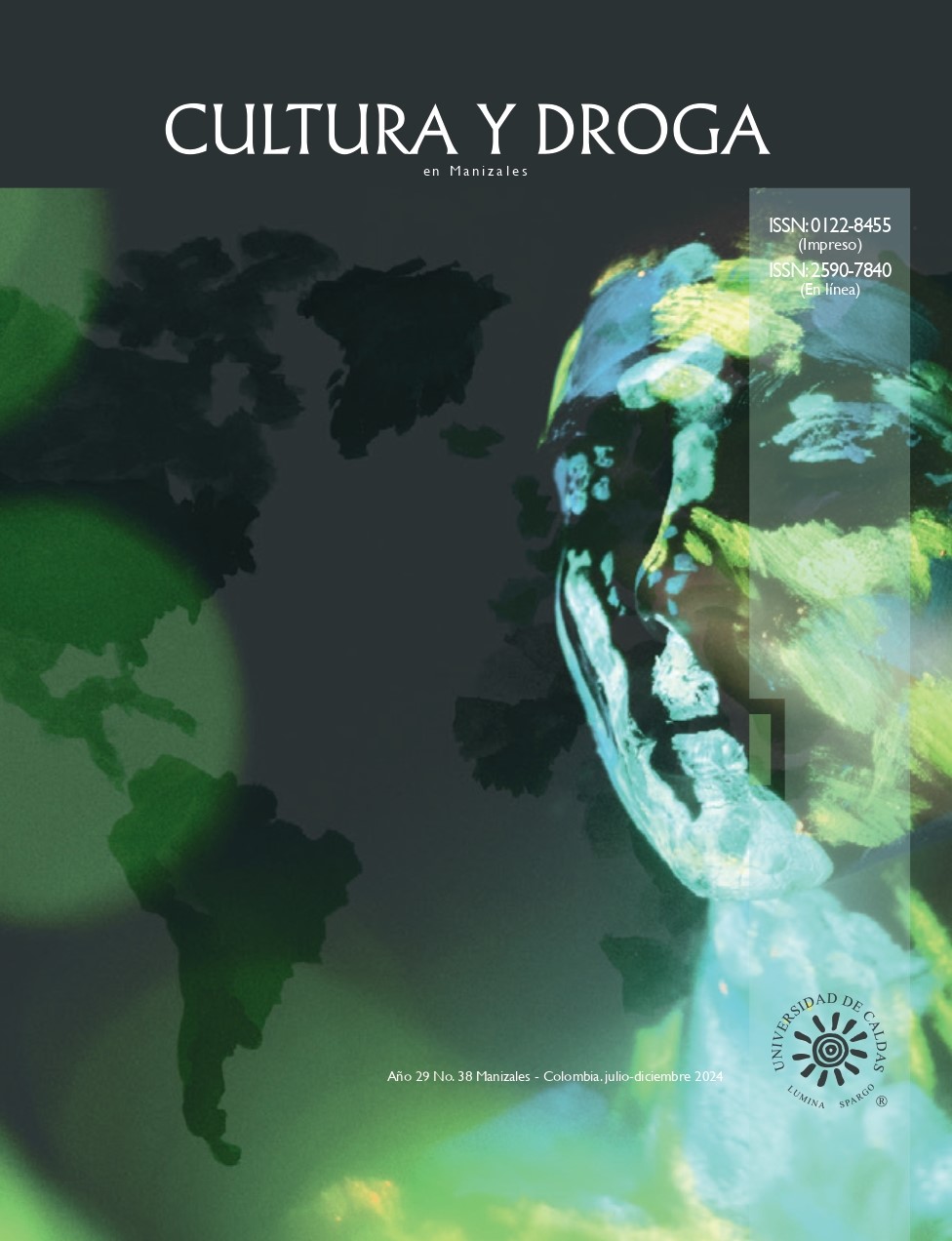
 PDF
PDF
 FLIP
FLIP





